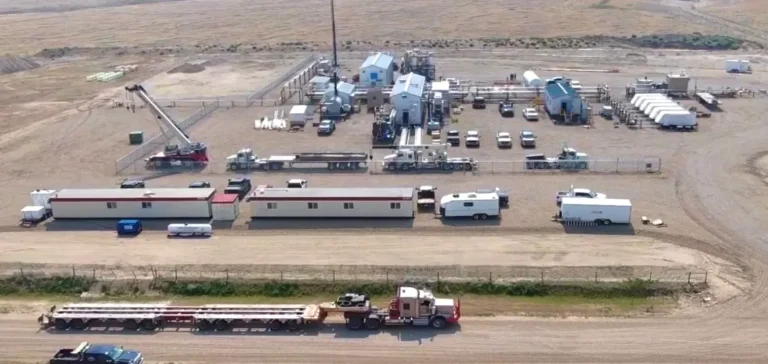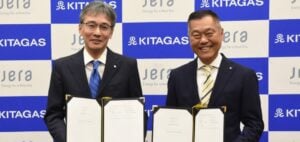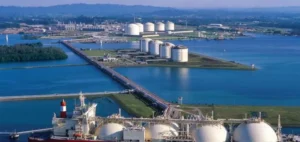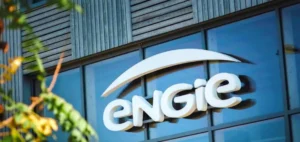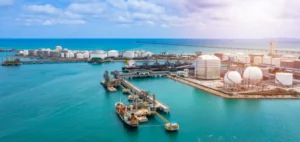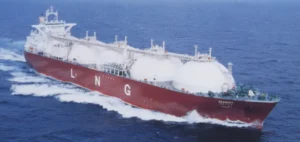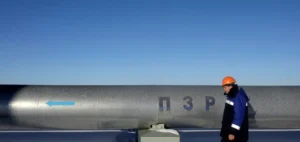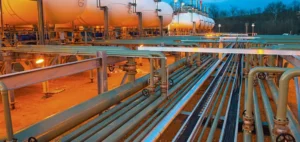Keranic Industrial Gas Inc. has signed a sixty-day exclusivity agreement to assume control of Royal Helium Ltd. and its affiliated entities through a reverse vesting process under the Companies’ Creditors Arrangement Act (CCAA). The transaction will transfer about 600,000 acres of helium exploration rights in Saskatchewan and Alberta plus the Steveville purification plant and its 15,000 Mcf/day gathering system. Non-core assets and all liabilities will be placed in a residual entity, subject to approval by the Court of King’s Bench of Alberta and conditional clearance from the TSX Venture Exchange. Keranic plans to list the enlarged group’s shares under its own name upon closing.
Transaction scope
The agreement gives Keranic ownership of the Steveville site, designed to process 15,000 Mcf of raw gas per day and produce 22,000 Mcf of 99.999 % helium annually. The company will execute a turnkey recommissioning plan with the original engineering firm and targets production resumption twelve to fifteen weeks after the acquisition closes. Royal Helium previously shipped several trailers of high-purity helium to an aerospace and defence customer at a net average of roughly CAD700 ($500) per Mcf. Keranic intends to revive these offtake contracts to secure immediate cash flow.
Additional sites
Beyond Steveville, Keranic will inherit the Forty Mile project in Alberta and the Climax-Cadillac and Val Marie projects in Saskatchewan, all supported by seismic data or test wells confirming high helium grades. The historic Forty Mile well showed exceptional initial flow rates, while Climax-Cadillac sits in a prolific corridor already served by several third-party purification plants. At Val Marie, drilled in August 2022, drill-bit gas detection logged some of the province’s highest helium shows. Keranic says these three areas provide immediate drilling targets it aims to evaluate quickly.
Financing and timetable
The funding structure combines a secured term loan and a private placement of subscription receipts at CAD0.50 each, led by Research Capital Corporation on a best-efforts basis. The offering seeks gross proceeds of CAD9.5mn ($7.0mn) and includes a fifteen % upsize option until forty-eight hours before the planned closing on July 21 2025. Proceeds will be held in escrow until court, regulatory and creditor conditions are met, with a release deadline ninety days after closing. If conditions are unmet, receipts will be cancelled and funds returned to subscribers.
Operational objectives
Keranic expects a quick ramp-up at Steveville, fuelled by Devonian horizons that can supply the site’s own energy needs and up to twenty-two mn pounds of commercial carbon dioxide each year. Andrew Davidson, president and chief executive officer, said, “This exclusivity agreement creates a transformative opportunity for Canada’s helium sector.” The company believes asset consolidation and production restart will place the new group among the country’s leading suppliers. Closing remains subject to a definitive agreement, the reverse vesting order and final TSX V acceptance.
Market outlook
Global helium demand continues to be driven by space, healthcare and semiconductor segments, while supply remains concentrated in a few North American and Middle Eastern basins. Near-term Canadian volumes could help buffer volatility caused by outages seen in recent years in Qatar and the United States. Analysts closely monitor new purification units because any drop in output quickly affects spot prices. Investors will gauge Keranic’s ability to keep its schedule and secure additional offtake contracts.


